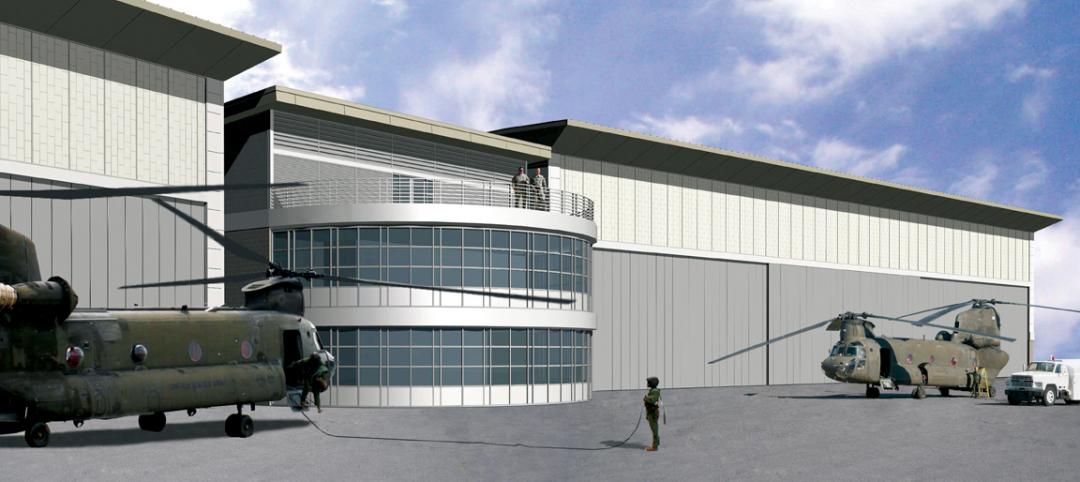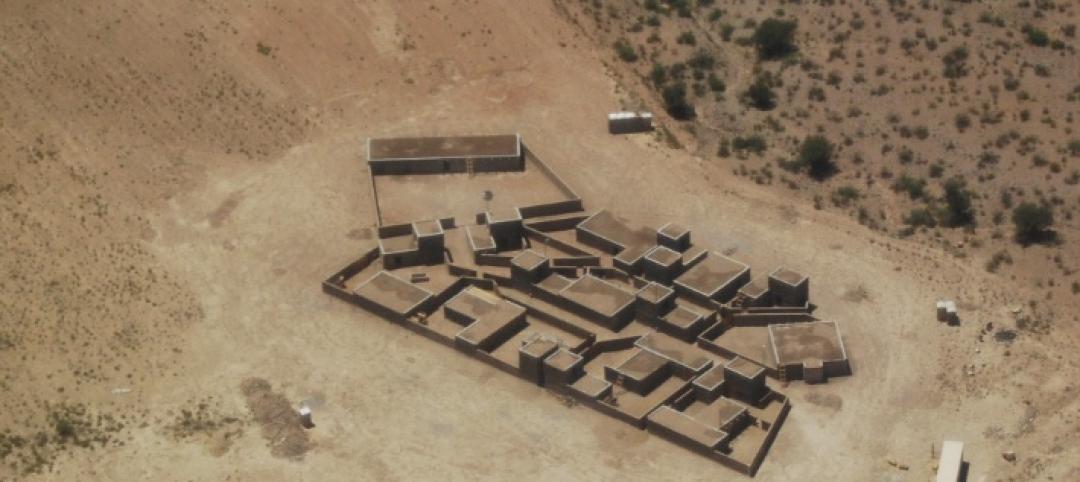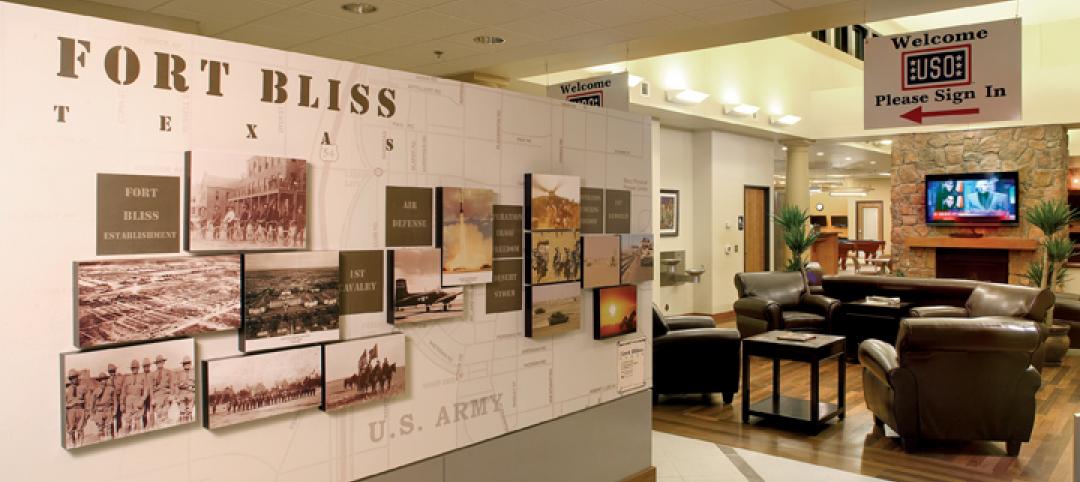 |
| The Riverwalk runs along the south bank of the Chicago River, giving the Windy City a 1.3-mile-long pedestrian promenade. |
1. Riverwalk Transforms Chicago's Second Waterfront
Canopies offer high style below bridges At several points along the riverwalk, the path runs beneath bridges where passing vehicles can shower pedestrians below with dirt and debris and where the covered, shadowy space can instill a sense of trepidation in those walking underneath. The architects' solution to these problems was the installation of canopies that act as barriers between the bridges and the pathway. Bright lighting is integrated into the canopies, which are covered with stainless steel shingles that act as mirrors to reflect the water's shimmering elegance. One Chicago architecture critic blogging about the canopies wrote: "instead of under-bridge fear, you get under-bridge delight." At several points along the riverwalk, the path runs beneath bridges where passing vehicles can shower pedestrians below with dirt and debris and where the covered, shadowy space can instill a sense of trepidation in those walking underneath. The architects' solution to these problems was the installation of canopies that act as barriers between the bridges and the pathway. Bright lighting is integrated into the canopies, which are covered with stainless steel shingles that act as mirrors to reflect the water's shimmering elegance. One Chicago architecture critic blogging about the canopies wrote: "instead of under-bridge fear, you get under-bridge delight." | |
 |
| Built on the 75-year-old ruins of New York City’s elevated freight train tracks, the High Line is a 1.45-mile urban park that winds around buildings and above streets on the city’s West Side. The $152 million rehab is inspiring similar projects throughout the world. |
2. High Line Elevates the Typical Urban Park
 |
| The main circulation path in BeachBody’s Santa Monica, Calif., office is also a 1/4 - mile walking track, complete with rubber flooring. |
3. Walking Track Fits Firm's Wellness Focus
Related Stories
| Mar 11, 2011
Construction of helicopter hangars in South Carolina gets off the ground
Construction is under way on a $26 million aviation support facility for South Carolina National Guard helicopters. Hendrick Construction, the project’s Charlotte, N.C.-based GC, is building the 111,000-sf Donaldson Hangar facility on the 30-acre South Carolina Technology & Aviation Center, Greenville.
| Mar 8, 2011
Afghan village in New Mexico desert wins job order contracting award
The New Mexico Institute of Mining and Technology saved three months and at least $300,000 building a replica of an Afghan village and marketplace for anti-terrorism training in Playas, N.M. With clients registered to use the facility before construction began, its owner chose job order contracting because work could begin quickly and a proven contractor working on another project could be used.
| Feb 22, 2011
Military tests show copper increases HVAC efficiency, reduces odors
Recent testing, which is being funded by the Department of Defense, is taking place in military barracks at Fort Jackson, South Carolina. Side-by-side comparisons demonstrate that air conditioning units made with copper suppress the growth of bacteria, mold, and mildew that cause odors and reduce system energy efficiency.
| Feb 11, 2011
Justice center on Fall River harbor serves up daylight, sustainable elements, including eucalyptus millwork
Located on historic South Main Street in Fall River, Mass., the Fall River Justice Center opened last fall to serve as the city’s Superior and District Courts building. The $85 million facility was designed by Boston-based Finegold Alexander + Associates Inc., with Dimeo Construction as CM and Arup as MEP. The 154,000-sf courthouse contains nine courtrooms, a law library, and a detention area. Most of the floors have the same ceiling height, which will makes them easier to reconfigure in the future as space needs change. Designed to achieve LEED Silver, the facility’s elliptical design offers abundant natural daylight and views of the harbor. Renewable eucalyptus millwork is one of the sustainable features.
| Feb 7, 2011
GSA Unveils New Sustainable Workplace Design Tool
The U.S. General Services Administration launched its Sustainable Facilities Tool on Monday, Feb. 7. The innovative online tool will make it easier for both government and private-sector property managers and developers to learn about and evaluate strategies to make workplaces more sustainable, helping to build and create jobs in America’s clean energy economy of the future.
| Jan 21, 2011
Combination credit union and USO center earns LEED Silver
After the Army announced plans to expand Fort Bliss, in Texas, by up to 30,000 troops, FirstLight Federal Credit Union contracted NewGround (as CM) to build a new 16,000-sf facility, allocating 6,000 sf for a USO center with an Internet café, gaming stations, and theater.
| Jan 21, 2011
Sustainable history center exhibits Fort Ticonderoga’s storied past
Fort Ticonderoga, in Ticonderoga, N.Y., along Lake Champlain, dates to 1755 and was the site of battles in the French and Indian War and the American Revolution. The new $20.8 million, 15,000-sf Deborah Clarke Mars Education Center pays homage to the French magasin du Roi (the King’s warehouse) at the fort.











